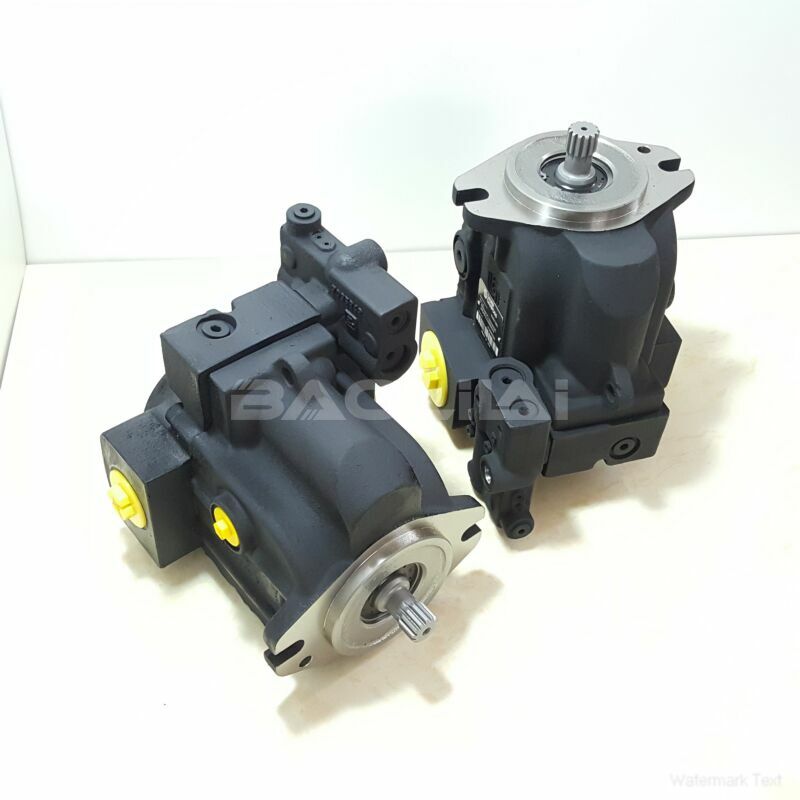LRL025CPC11NNNNN3C2RGA6NPLBNNNNNN axial piston pump
LRL025CPC11NNNNN3C2RGA6NPLBNNNNNN axial piston pump

- Product Details
- Applicable Scene
In today’s world, efficient water management is crucial for sustainable development. As urban populations grow and climate variability affects water availability, the need for effective pressure management in water distribution networks is more pressing than ever. High-pressure pumps have emerged as essential components in optimizing water delivery systems, ensuring that the right amount of water reaches consumers while minimizing waste and energy consumption.
LR-L-025C-PC-11-NN-NN-N-3-C2RG-A6N-PLB-NNN-NNN
LRL025CPC11NNNNN3C2RGA6NPLBNNNNNN
High-pressure pumps are designed to handle large volumes of water at elevated pressures, making them ideal for various applications in water networks. These pumps are used to increase the pressure of water at critical points in the distribution system, ensuring that it flows efficiently through the network even in challenging topographies or during peak demand periods. Their ability to deliver water at high pressure is vital in maintaining service levels in both residential and commercial settings, particularly in high-rise buildings or areas with significant elevation changes.

701592
One of the primary benefits of high-pressure pumps is their role in reducing water loss in distribution systems. Leaks and breaches in pipelines can lead to significant wastage of water, which can be especially problematic in regions facing water scarcity. By ensuring that water is delivered at optimal pressure, these pumps help prevent backflow and reduce the likelihood of pipe failures, thus conserving valuable resources.
Moreover, high-pressure pumps contribute to energy efficiency in water networks. Traditional pumping systems often require large amounts of energy to maintain pressure throughout the distribution network. However, modern high-pressure pumps are designed with advanced technology that allows for variable speed operation, adjusting pump output based on real-time demand. This means lower energy costs and a reduced carbon footprint for utilities, aligning with the growing emphasis on sustainability in infrastructure development.





